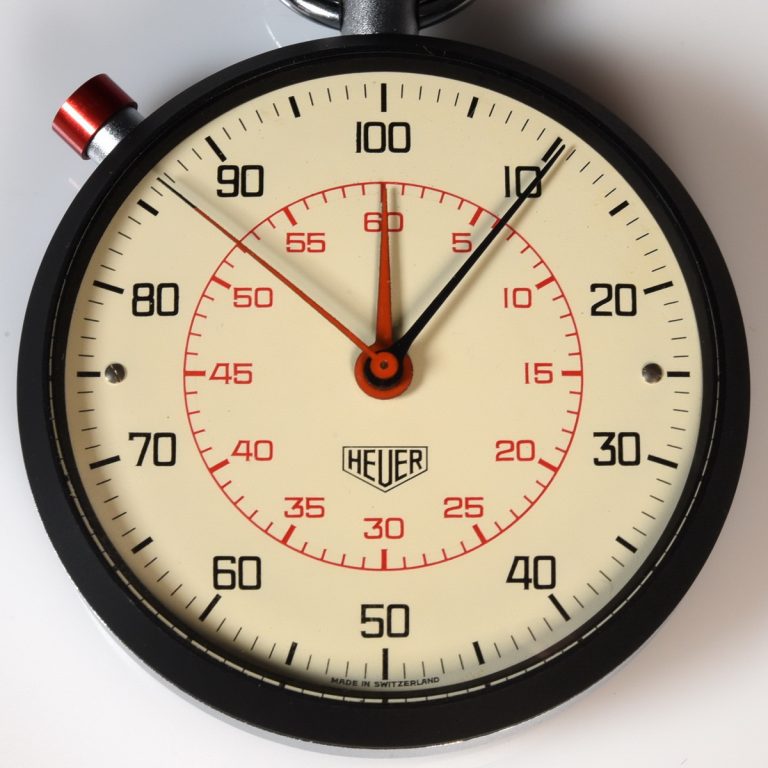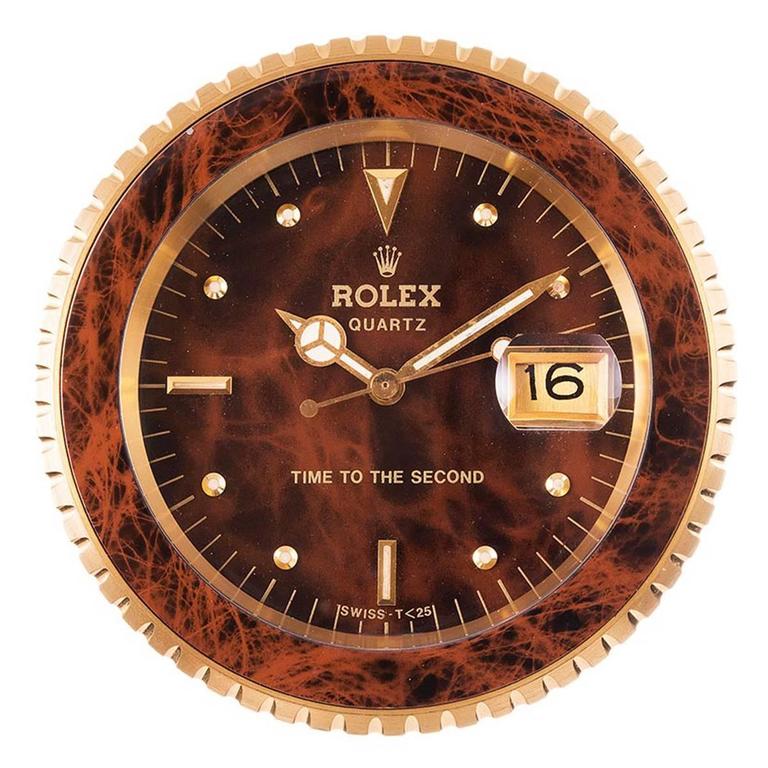

FIBA introduced a 30-second shot clock in 1956 and switched to 24 seconds in 2000. The NBA has had a 24-second limit since 1954. This was adopted in the 2011–12 NBA season, 2014–15 Euroleague, FIBA since 2018, and was legalised in the NCAA starting in 2021. In the final five seconds to shoot, the shot clock displays tenths of seconds. This is not explicitly required in the NCAA, although some venues will use the red LEDs surrounding most shot clocks or on the backboard (used in the NBA to signal the end of period) to denote a shot clock violation. The NBA (since 2011) and FIBA (since July 2018) require this.
#Timer clock with seconds professional
If the shot clock reaches zero before the team attempts a field goal, the team has committed a shot clock violation, which is penalized with a loss of possession.Īt most professional and collegiate basketball courts the shot clock is displayed to the players and spectators in large red numerals below the game clock on a display mounted atop each backboard.

It may be colloquially known as the 24-second clock, particularly in the NBA and other leagues where that is the duration of the shot clock. This clock reveals how much time a team may possess the ball before attempting to score a field goal.
The set amount of time for a shot clock in basketball is 24–35 seconds, depending on the league. This article deals chiefly with the shot clock used in basketball. It is analogous with the play clock used in American and Canadian football, and the pitch clock used in baseball. Shot clocks are used in several sports including basketball, water polo, lacrosse, poker, ringette, korfball, tennis, ten-pin bowling, and various cue sports. The possession demonstrates the end-of-half intricacies of the National Collegiate Athletic Association's former 35-second shot clock (red LED) when possession changes and the game clock (white LED note the decimal point) is below 35 seconds.Ī shot clock is a countdown timer used in a variety of games and sports, proving a set amount of time that a team may possess the object of play before attempting to score a goal. After Mitch McGary attempts a finger roll layup late in the first half of the 2012–13 Big Ten Conference men's basketball season opener on January 3 (left), the Michigan Wolverines and Northwestern Wildcats anticipate (center) and pursue (right) the rebound.


 0 kommentar(er)
0 kommentar(er)
